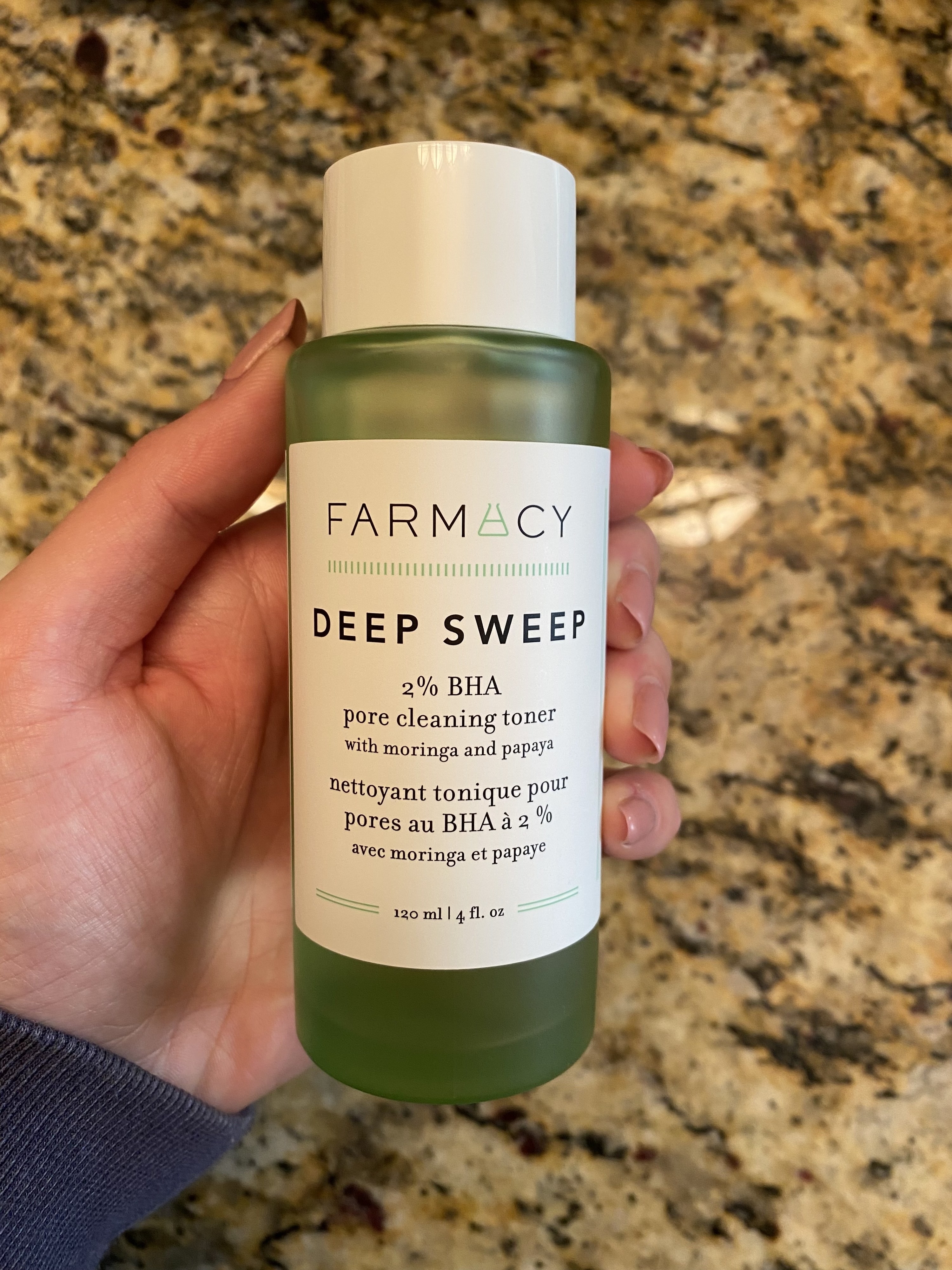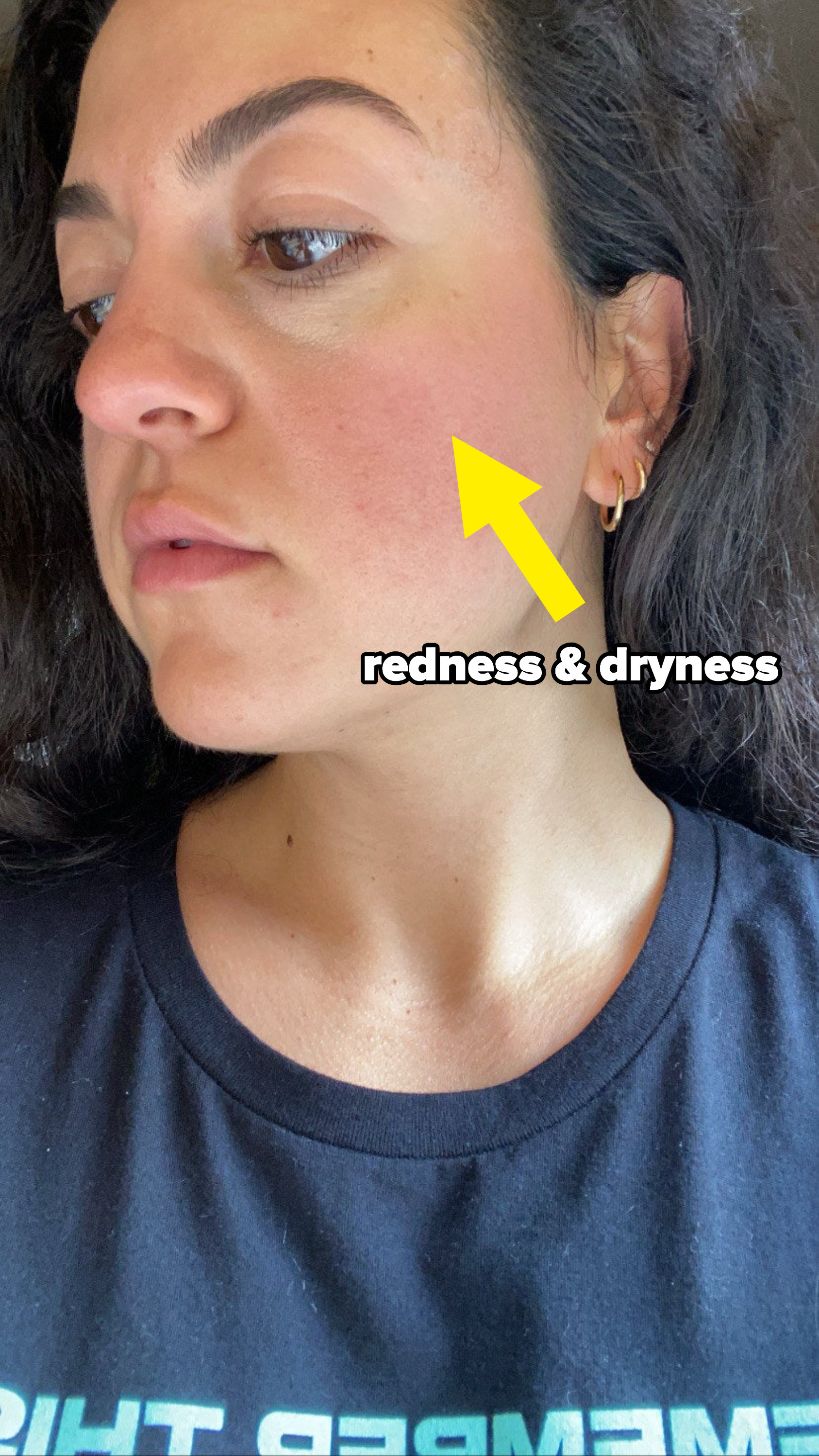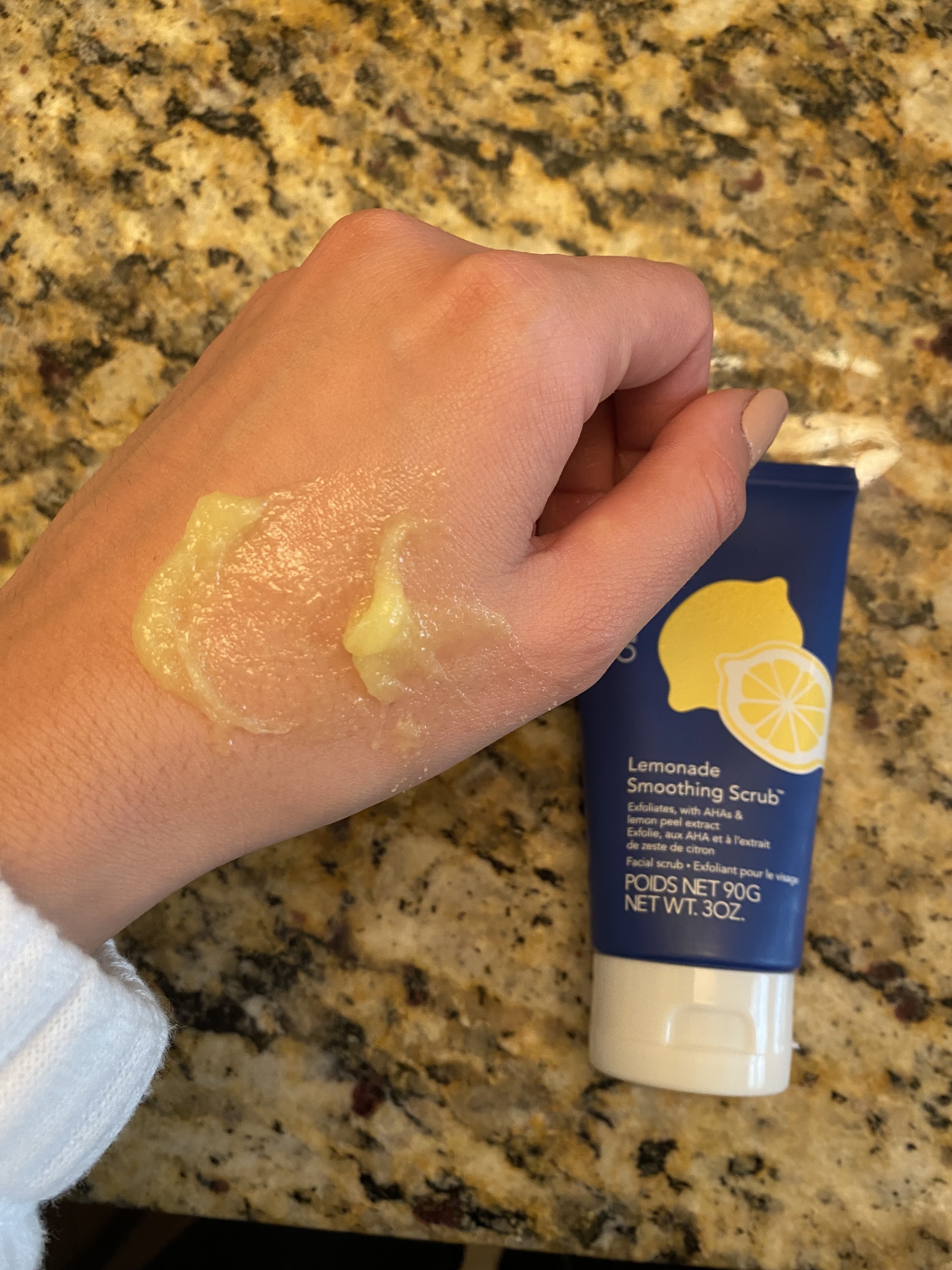Hi! I'm Fabiana, a 27-year-old woman who would rather spend all of my money on makeup and skincare than really anything else. Give me a free afternoon, and I'm bound to do some damage in a Sephora (despite my wallet crying whenever I walk up to the register).

Being beauty obsessed, I'm always researching new products to add into my skincare regimen. I personally classify my skin as being combination and a bit sensitive.
After a bit of my own research, I decided to reach out to several professionals to make sure I was making the most informed decision. I wanted to learn more about exfoliation in general — as well as any pros and cons of switching things up on my combo skin.
The experts I spoke to were:
• Dr. Michele Green, MD, cosmetic dermatologist
• Ildi Pekar, celebrity facialist
• Dr. Sandra Lee, aka Dr. Pimple Popper and founder of SLMD Skincare
• Maegan Griffin, MSN, NP-C, founder of Skin Pharm, Nurse Practitioner
Dr. Michele Green started out with the basics: defining what exfoliation actually is — and does.
"The purpose of exfoliating is to get rid of dead skin cells on the surface of the skin and clear out congested pores to reveal a brighter, smoother complexion," explained Dr. Green. "Exfoliation plays into the life cycle of skin cells, which is about 3 months in children and about 28 days in adults."
According to Green, all skin types can benefit from an exfoliation for bright, healthy skin. "Exfoliation also allows serums, treatments, and moisturizers applied afterward to penetrate deeper into the skin and deliver best benefits," she said.
She explained that there are two different types of exfoliants: physical and chemical.
Up until now, I have always used physical exfoliants in my skincare routine. Once a week, I would massage the exfoliator in my T-zone area, where more oil typically builds up, and then massage it very gently on my cheek area, where I am more sensitive.
My physical exfoliator, Olehenriksen Lemonade Smoothing Scrub, has gotten the job done of getting rid of dead skin and making my face feel smoother — but to be honest, that was about all it did. I still had a very oily T-zone, pesky bumps on my chin, and some uneven texture.
So once I finished my current exfoliator bottle, I figured this was the perfect opportunity to try its chemical alternative.
Honestly, the amount of chemical exfoliants that are on the market right now is overwhelming. There are AHA serums, toners, BHA and AHA combination products, and more. So I asked Dr. Sandra Lee to break down the different types of chemical exfoliants, and key components behind each.
"Two of the most effective chemical exfoliants include salicylic acid (a BHA), and glycolic acid (an AHA). Lactic, citric, and malic acids are other very commonly used alpha hydroxy acids," she said.
"If you’ve got acne-prone or oily skin, salicylic acid is a great choice, because it’s oil-soluble — meaning it’s able to penetrate into sebum-filled pores. So it not only sloughs off some of those dead cells (which helps eliminate dullness), it dives down into the pores to release any cells that are trapped, which helps prevent acne," Lee explained.
"Glycolic acid stimulates the cells in your dermis to make hydrating substances like hyaluronic acid. This is why it’s great for treating dry, rough skin — including keratosis pilaris, that bumpy condition we sometimes call 'chicken skin.'"
After learning this, I decided on the Farmacy Deep Sweep pore cleaning 2% BHA toner for $28, which contains salicylic acid to help combat my oily T-zone, something I wanted to get under control.

Eager to clean my pores and achieve baby-smooth skin, I ran home that night to try out my new exfoliator. Here was my skin at the time, pre-exfoliation.

I continued using the chemical exfoliator every other night for the next two months, and I have to admit, I loved the way my skin looked and felt.

Going forward, I plan to occasionally use my physical exfoliant on days where my skin needs a little extra TLC.

However, since I plan to use both types of exfoliants, I have to be careful not to overdo it — as over-exfoliating is a real thing.
"It’s important to not over-exfoliate and strip the skin’s protective barrier, which can lead to redness, inflammation, hyperpigmentation, dryness, or infection," said Green. "It’s best to start slow and gradually increase frequency of exfoliant use, decreasing the frequency if your skin shows any signs of irritation."

